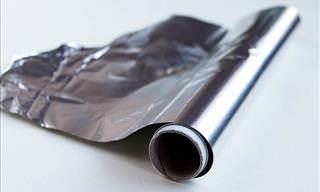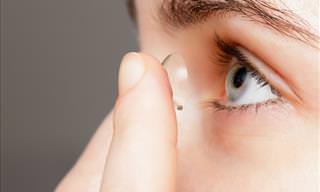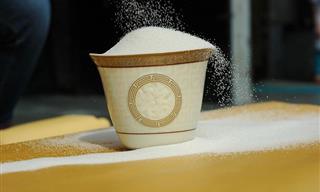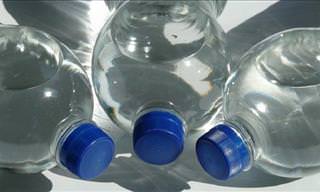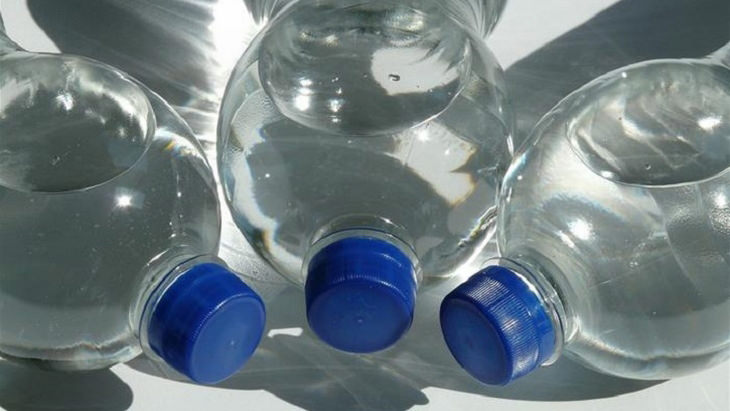
The question is: Are we taking a risk with our health when we do so? It appears that, in certain cases, the answer is yes. There are 3 things you need to know before you refill that plastic bottle of water:
1. Bacteria can thrive in a bottle of water
While a one-time use of a bottle of water (as manufacturers intended it to be) won't harm you, you're tempting your fate if you decide to drink from it again. Studies have shown that prolonged use of the same plastic bottle causes it to scratch and crack, and it is inside these little scratches and cracks that bacteria can thrive, just like on your cutting board.
Just as you should thoroughly clean your cutting board after each use, if you plan on refilling up your plastic bottle, you should clean it as well. Do so with lukewarm water and soap. Of course, this method of cleaning will probably cause more damage to the bottle. After all, they weren't made for reuse, and were not made to resist various cleaning materials.
It's also important to remember that the bacteria contained in a water bottle can be transferred to your mouth. So if you use the same bottle without rinsing it regularly, it can accumulate harmful waterborne bacteria.
A study performed at the University of Calgary found that water bottles used by elementary school age children repeatedly without being cleaned, contained a much higher amount of bacteria in the drinking water. One cause for this, is that the bottle sat in room temperature most of the day, which is the perfect temperature for bacteria to thrive in. Putting the bottle in the fridge or the freezer will dramatically decrease the amount of bacteria in the bottle.
While reusable plastic bottles accumulate less bacteria than a disposable one, they still need to be washed with lukewarm water and soap. Most plastic bottles are hard to clean without leaving any scratches, and if you are using plastic bottles more than once - you should be washing them often.
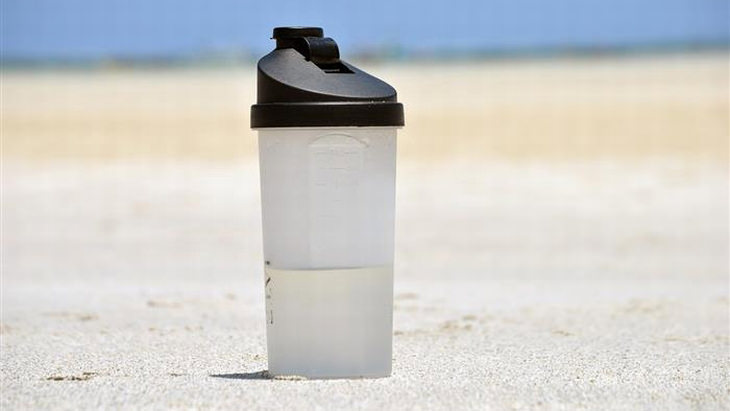
It's better to use plastic bottles designed for reuse
2. Cleaning the bottles can cause a chemical leak
You'll notice I only recommend using lukewarm water to wash the bottles, with a strong emphasis on lukewarm. Using very hot water to clean the bottle (perhaps thinking to sterilize it) is a bad idea, especially if you're using single-use bottles. Experts believe that washing disposable bottles with hot water, or in the dishwasher, is a recipe for disaster, because the plastic they use to make these bottles is not made to withstand such heat. When it does heat up, there's a chance that dangerous chemicals will leak from the plastic and into the liquid inside the bottle.
Reusable plastic bottles are made of tougher plastic, and are supposed to withstand higher temperatures without a problem. However, there is no safe way to completely remove all the dangers of using a plastic product for a long period of time. The best protection against chemical leaks is to drink your water from glass or stainless steel bottles. Even then, you'll need to wash and dry them properly, otherwise they too will become infested with bacteria.
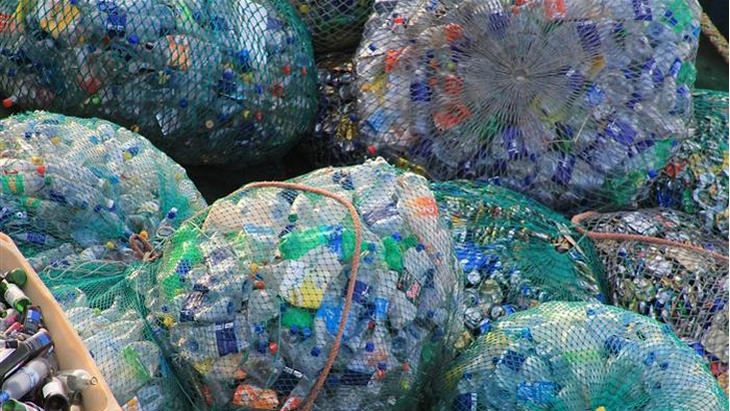
3. Most of the bacteria in a bottle are found around the opening
Bacteria is mostly found near the opening of the bottle because our mouth itself contains bacteria, and also because of the way the cap is screwed on it, creating a perfect place for bacteria to thrive.
In a recent study, participants were instructed to drink from the same bottle for a week without washing it. At the end of the week, a small sample was taken from the opening of the bottle. What they found was disconcerting, to say the least. The bacteria found was the same kind that causes food poisoning, and in huge amounts.
If the participants in the study had continued to drink from the same bottle, they probably would have developed symptoms of nausea, diarrhea and even vomiting. The only way of preventing this kind of bacteria from flourishing in our bottles is to keep washing them properly. With disposable ones, however, I'd recommend using them once and tossing them.
In any case, the cap of your bottle will always carry some bacteria, as it touches your hands as well. You can also drink from the bottle without touching it with your lips, letting the water flow right into your mouth.
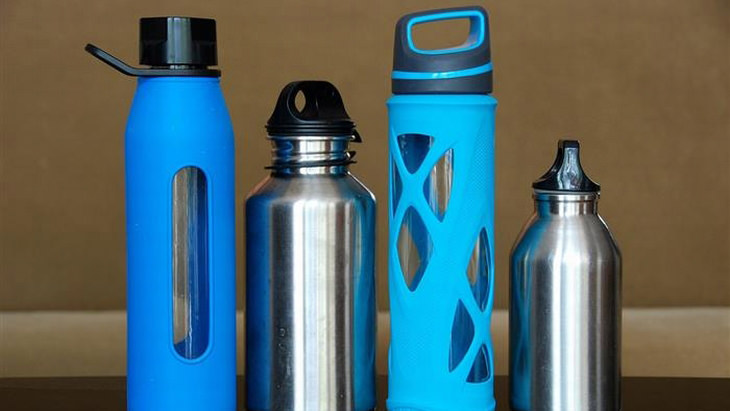
Stainless steel bottles are preferable to plastic bottles
The bottom line
As mentioned above, avoid using single-use bottles more than once. Throw them into the recycling bin or repurpose them into something you can use. Reusable plastic bottles are not recommended also - so, you'd be better off using stainless steel. Please share this information with as many people as you can. It's very healthy to drink a lot of water, but when it's filled with bacteria, you may be doing yourself more harm than good.
 Go to BabaMail
Go to BabaMail






